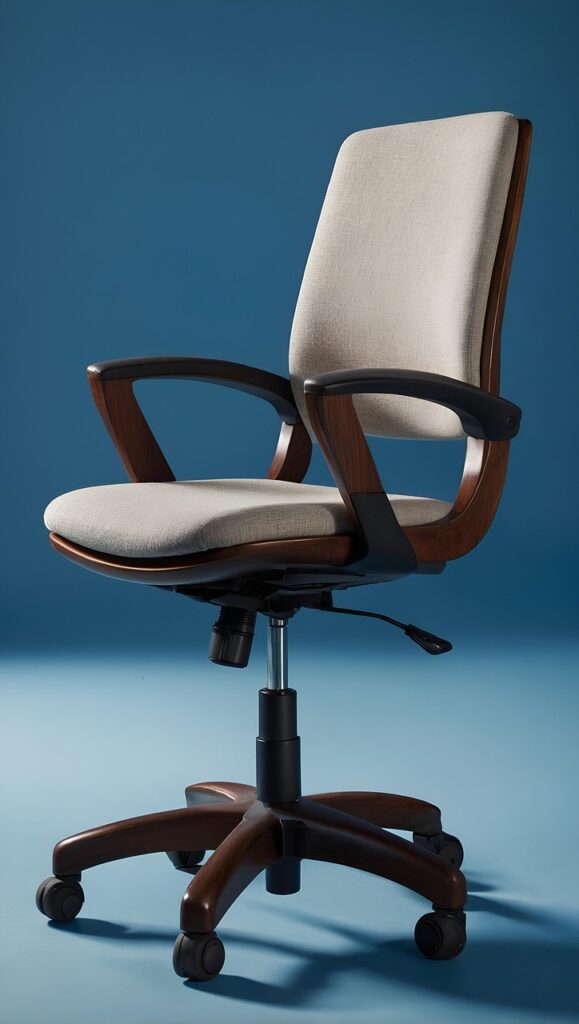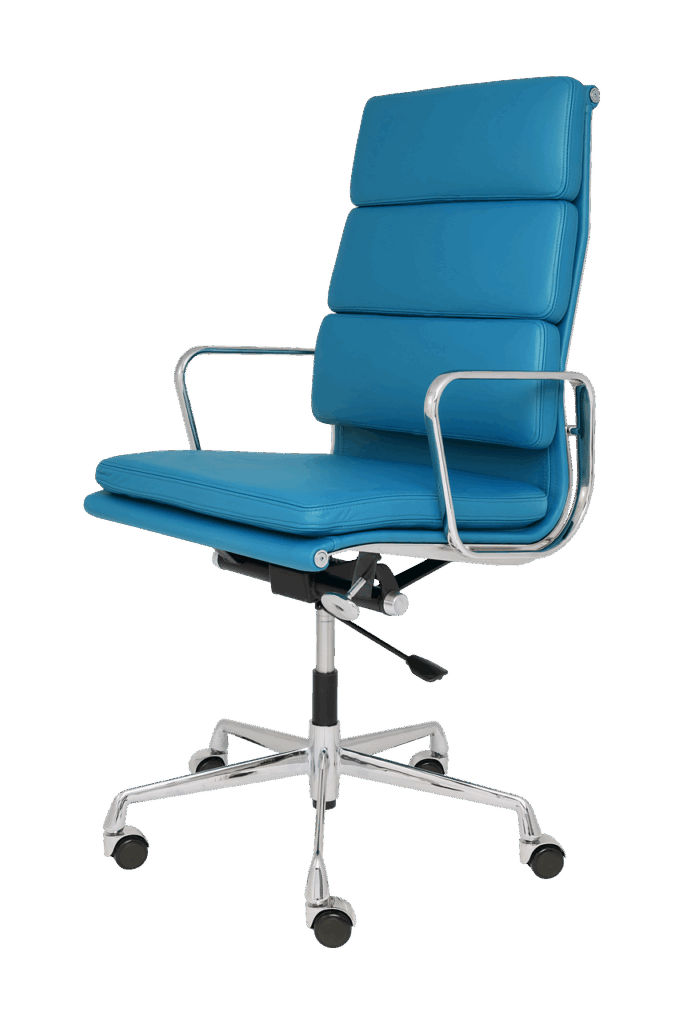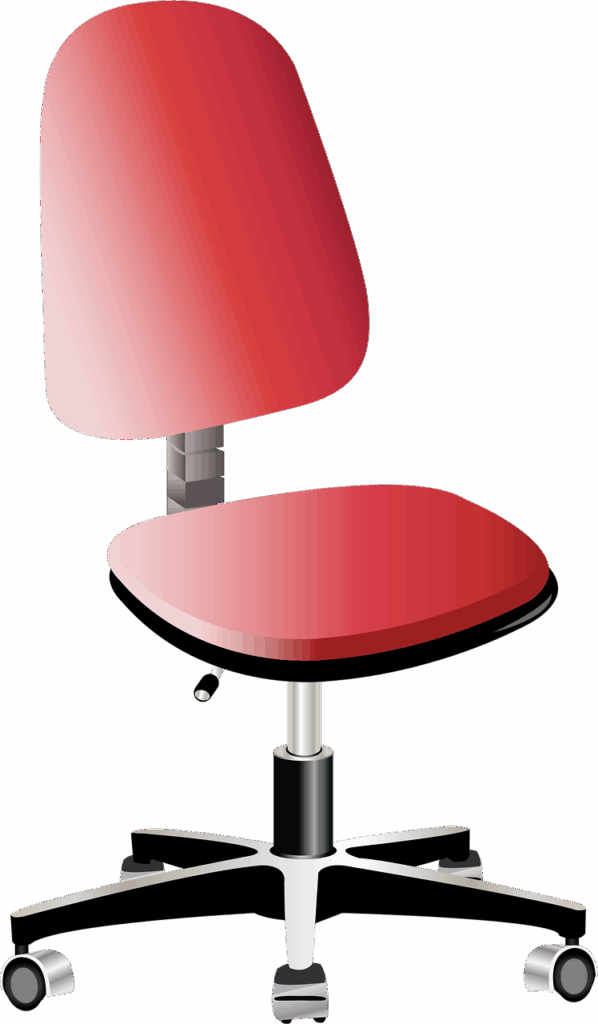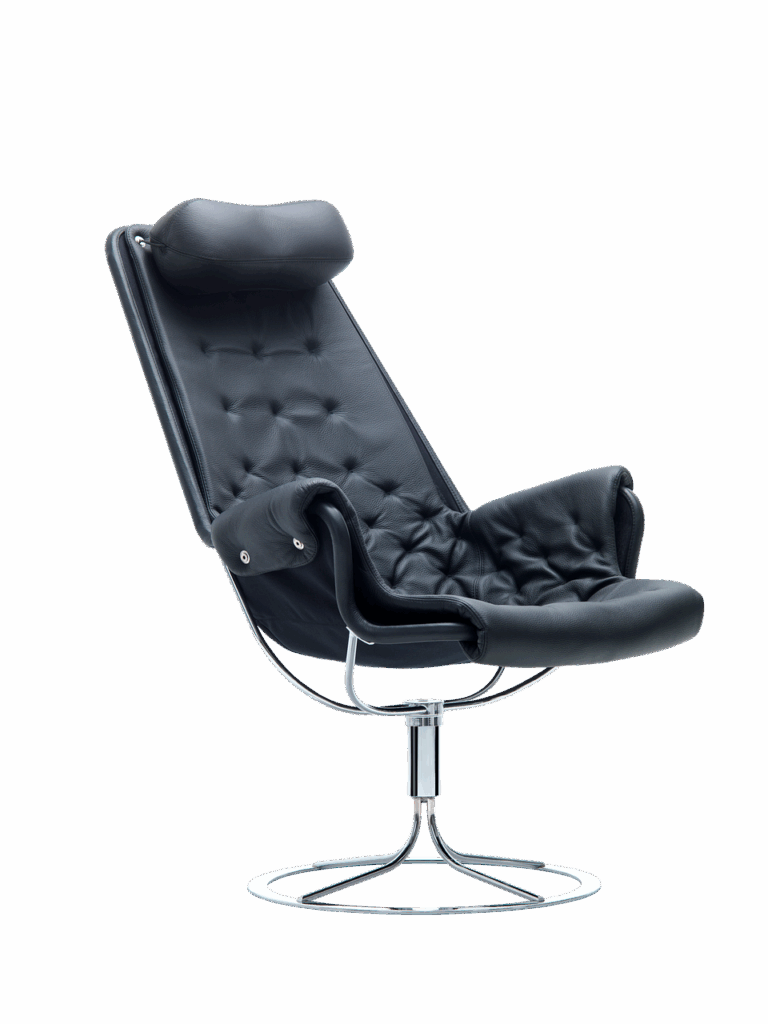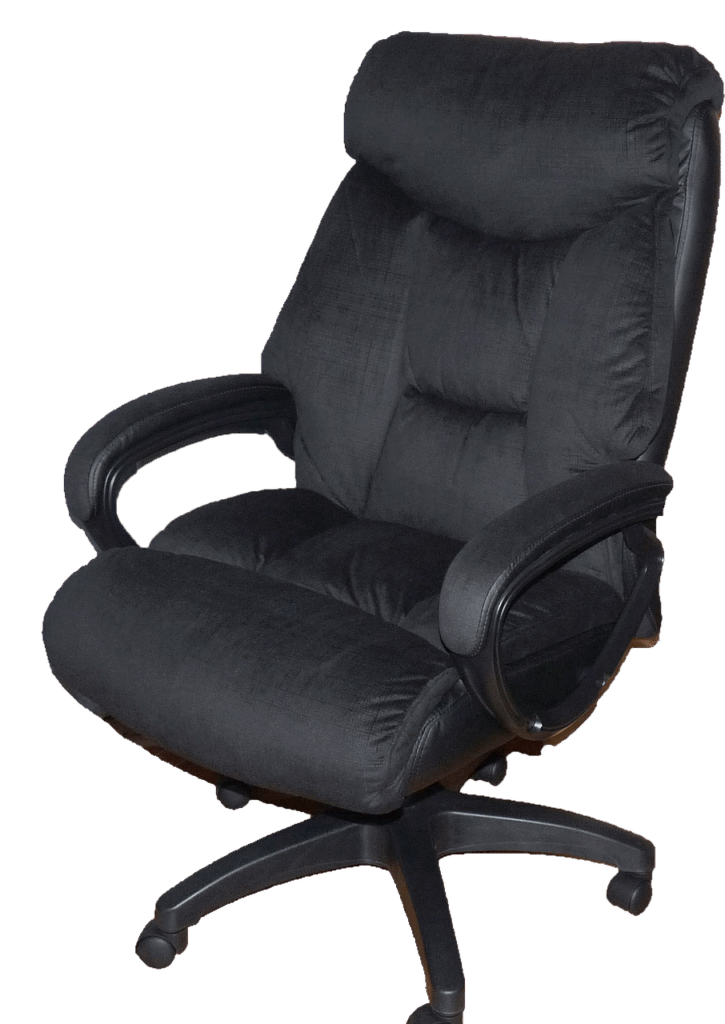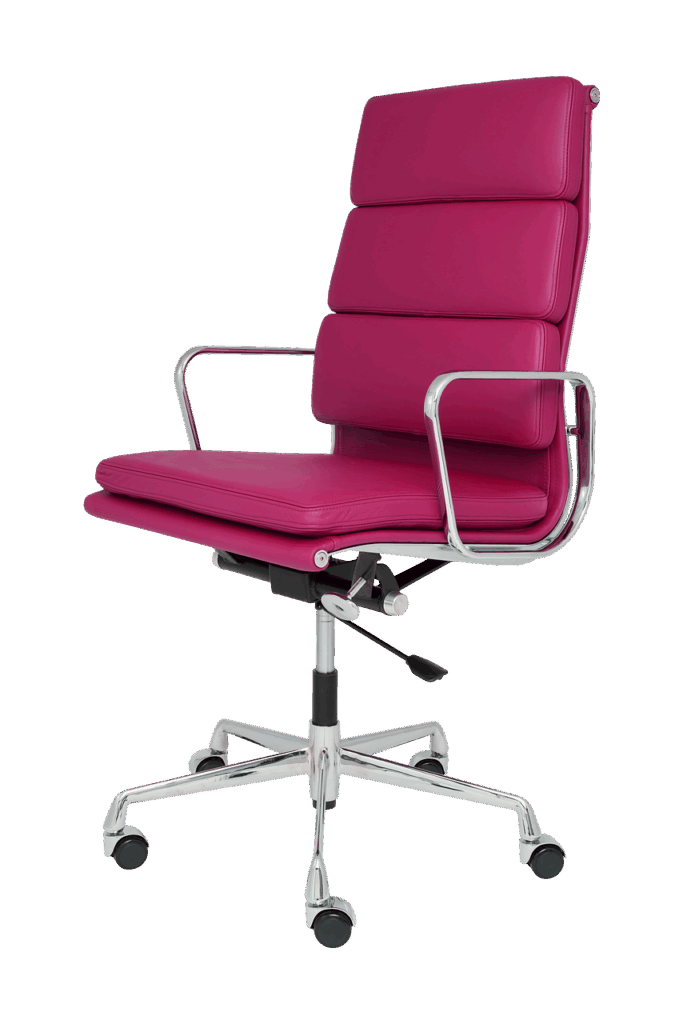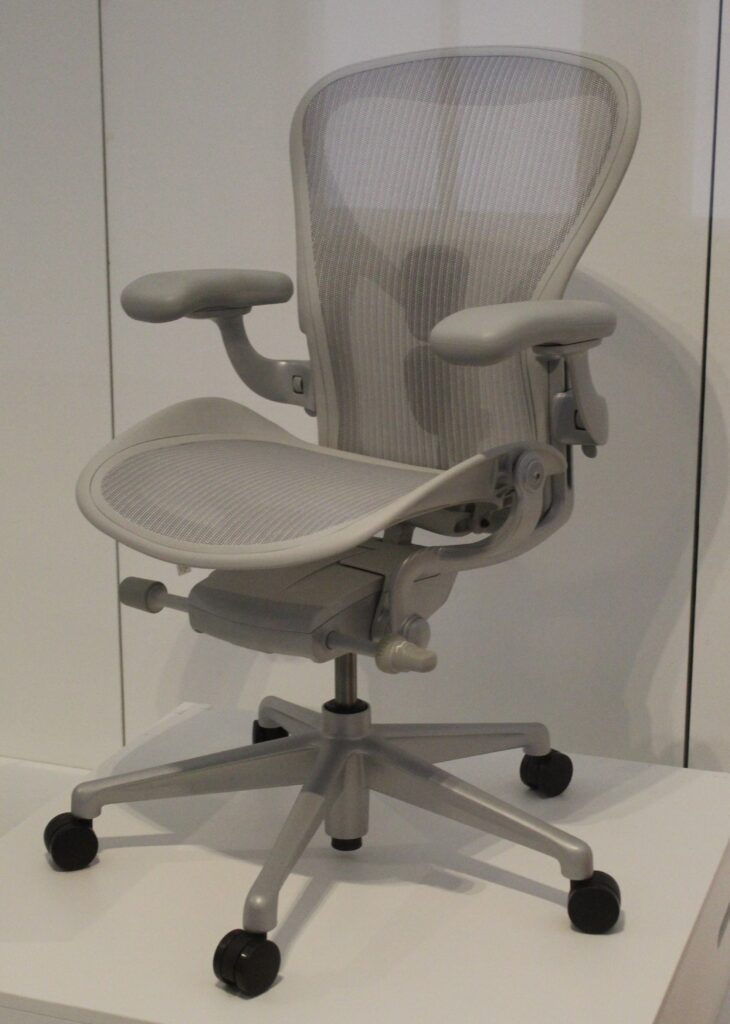
The landscape of work has dramatically shifted, with remote employment becoming a significant part of many lives, particularly for individuals navigating their careers beyond the age of 60. This transition, while offering unparalleled flexibility, also introduces new ergonomic challenges that, if overlooked, can lead to persistent discomfort, pain, and even long-term health issues. In this new era, your workspace setup at home becomes as critical as any traditional office environment, and at the heart of that setup lies the ergonomic chair.
Investing in a high-quality ergonomic chair is not merely a luxury; it is a fundamental investment in your health, productivity, and overall well-being. The principles of ergonomics, a field dedicated to optimizing the fit between people and their work environment, are especially vital for older adults who may be more susceptible to the cumulative effects of poor posture and prolonged sitting. A thoughtfully chosen chair can be your strongest ally in mitigating these risks, ensuring that your remote work experience remains comfortable and sustainable.
This comprehensive guide aims to demystify the process of selecting an ergonomic chair, focusing on the specific needs and considerations for those over 60 engaging in remote work. Drawing on the scientific principles of human factors engineering, we will explore key features and functionalities that transform a simple seat into a supportive tool designed to enhance your health, improve your comfort, and enable you to thrive in your remote professional life. Our goal is to equip you with the knowledge to make an informed decision, prioritizing your long-term well-being.

1. **Understanding Ergonomics: The Foundation for Healthy Remote Work Over 60**Ergonomics, often interchangeably referred to as human factors or human factors engineering (HFE), is the scientific discipline concerned with designing systems to suit their users. It is defined as “the application of psychological and physiological principles to the engineering and design of products, processes, and systems.” The primary goals of human factors engineering are clear: to reduce human error, increase productivity and system availability, and significantly enhance safety, health, and comfort. At its core, ergonomics is about optimizing the interaction between the human and equipment, ensuring a harmonious and effective working relationship.
For individuals over 60 engaged in remote work, this understanding of ergonomics is not just theoretical; it’s profoundly practical. The field is essentially about “fitting a job to a person” or “fitting the task to the man,” accounting for the user’s unique capabilities and limitations. When it comes to an office chair, this means ensuring that the chair itself, as a critical “element of a system,” is meticulously designed to support your physical body, cognitive abilities, and overall well-being during prolonged periods of sitting. It’s about proactive design that serves your specific needs, not forcing your body to adapt to an ill-suited environment.
Proper ergonomic design is absolutely necessary to prevent a host of potential health issues, most notably “repetitive strain injuries and other musculoskeletal disorders, which can develop over time and can lead to long-term disability.” For the older workforce, who may already be experiencing age-related physiological changes or have existing conditions, the preventative aspect of an ergonomic chair cannot be overstated. A chair that adheres to sound ergonomic principles acts as a crucial barrier against the development or exacerbation of such debilitating conditions, preserving your ability to work comfortably and maintain your quality of life.
2. **Combating Musculoskeletal Disorders (MSDs) and Chronic Pain with the Right Chair**Work-related musculoskeletal disorders (WRMDs) represent one of the most prevalent types of injuries encountered in the workplace, leading to significant personal and professional burdens. The context clearly states that these disorders “result in persistent pain, loss of functional capacity and work disability.” Alarmingly, “Every year, 1.8 million U.S. workers experience WRMDs and nearly 600,000 of the injuries are serious enough to cause workers to miss work.” While these statistics encompass various occupations, the sedentary nature of remote desk-based work, if not managed ergonomically, can contribute significantly to such issues.
Certain work conditions, including those involving “awkward work positions,” are identified as culprits causing a higher rate of worker complaints of undue strain, localized fatigue, discomfort, or pain that does not go away after overnight rest. In a remote office environment, a non-ergonomic chair can inadvertently force you into these very “awkward work positions.” The result is often mechanically-induced acute and chronic musculoskeletal injuries and disorders that, over time, can severely impact one’s ability to work and enjoy daily life. The chair, therefore, becomes a primary tool for mitigating these risks by encouraging and supporting healthy postures.
Physical ergonomics is particularly important for those diagnosed with physiological ailments or disorders such as arthritis, whether it’s chronic or temporary, or conditions like carpal tunnel syndrome. For these individuals, “pressure that is insignificant or imperceptible to those unaffected by these disorders may be very painful, or render a device unusable, for those who are.” An ergonomic chair is specifically engineered to distribute pressure evenly and minimize localized stress points, making it not just comfortable, but essential for managing existing conditions and preventing further irritation.
Indeed, the preventative and therapeutic capabilities of ergonomically designed products are well-established. “Many ergonomically designed products are also used or recommended to treat or prevent such disorders, and to treat pressure-related chronic pain.” When selecting a chair, consider it a vital piece of your health management strategy. It’s a proactive step to reduce the likelihood of developing new pains or to alleviate discomfort from pre-existing conditions, fostering a healthier and more productive remote work experience.
3. **The Critical Role of Proper Body Positioning: Tailoring Your Chair for Optimal Alignment**At the heart of an effective ergonomic setup is the concept of proper body positioning. Your chair should not simply be a place to sit, but an active partner in maintaining healthy alignment throughout your workday. It needs to facilitate “positioning of the body, furniture and equipment” to prevent strain and fatigue. This involves supporting the natural curves of your spine, ensuring your feet are flat on the floor or a footrest, and maintaining appropriate angles at your hips, knees, and elbows. Without this foundational support, even the most well-intentioned efforts to sit up straight can become a source of exhaustion and discomfort.
The context highlights that “awkward work positions” are a significant contributor to work-related musculoskeletal disorders. An ergonomic chair is engineered precisely to counteract these problematic postures by encouraging and maintaining neutral body alignment. It minimizes the need for your muscles to constantly fight gravity or compensate for inadequate support. By allowing your body to rest in its natural, unstressed position, the chair helps to reduce static muscle load, preventing the localized fatigue and discomfort that often accompany prolonged periods in a non-supportive seat.
Ultimately, a chair that allows for proper body positioning ensures that the workstation “accounts for the user’s capabilities and limitations in seeking to ensure that tasks, functions, information, and the environment suit that user.” For remote workers over 60, whose capabilities or limitations might include reduced flexibility, increased joint sensitivity, or diminished muscle endurance, a chair that facilitates optimal alignment becomes indispensable. It empowers you to perform your tasks efficiently and comfortably, without compromising your physical health.
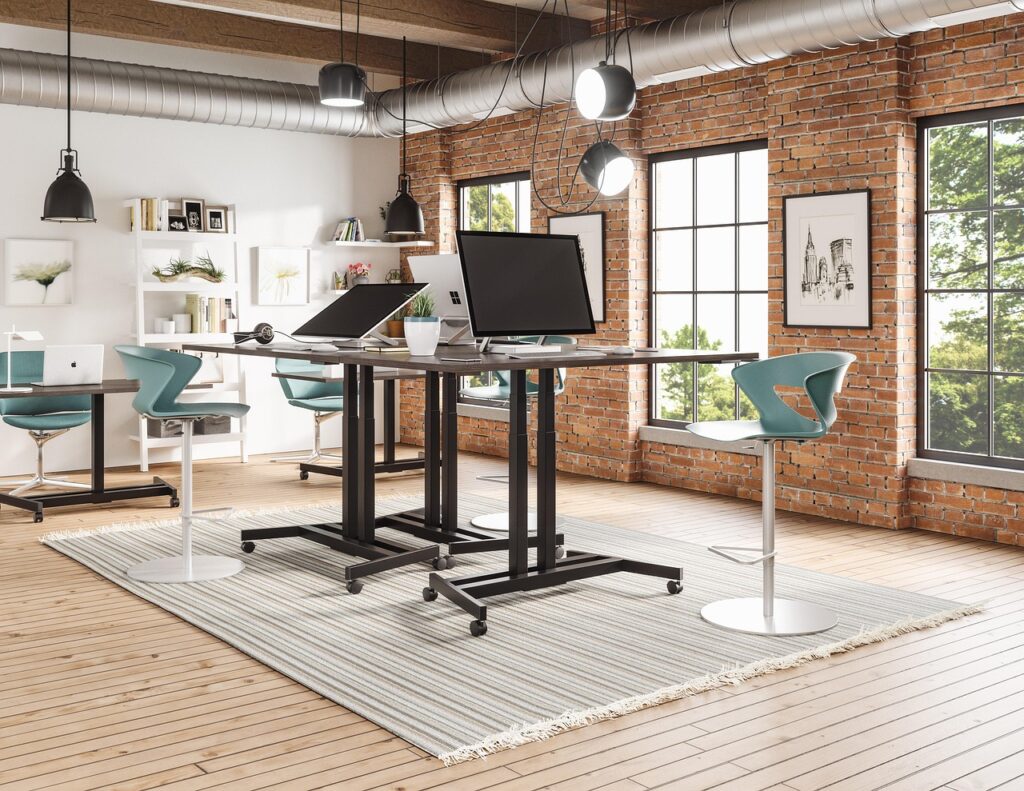
4. **Anthropometry and Biomechanics: Ensuring Your Chair Truly Fits Your Body**Understanding how a chair should physically interact with your body requires delving into the principles of physical ergonomics, which is “concerned with human anatomy, and some of the anthropometric, physiological, and biomechanical characteristics as they relate to physical activity.” Anthropometry refers to the science of human body measurements, such as height, limb length, and sitting posture dimensions. Biomechanics, on the other hand, studies the mechanical principles of living organisms, particularly how forces interact with the body during movement and static postures. Both are crucial in designing equipment that truly fits its user.
The overarching goal of physical ergonomics is the “designing [of] user interaction with equipment and workplaces to fit the user.” This principle is paramount for an ergonomic chair. A chair isn’t a one-size-fits-all solution; it must be designed to accommodate diverse body types and specific individual needs, especially those of older adults. Your unique “capabilities and limitations” regarding height, weight, build, and any existing physical conditions must be considered, ensuring the chair supports your body effectively without forcing awkward adaptations.
Ignoring these fundamental principles during chair selection can lead to a significant mismatch, where the equipment fails to align with your body’s natural structure. A chair that is too deep might cut off circulation to your legs, while one that is too high or too low can strain your neck and shoulders. This poor “fit” between the person and the technology used inevitably leads to compensatory postures, increasing the risk of strain, discomfort, and the development of work-related musculoskeletal disorders, despite any other beneficial features the chair might possess.
By applying physical ergonomic principles, manufacturers design chairs that are not just comfortable, but also prevent and treat work-related disorders. These principles are “widely used in the design of both consumer and industrial products for optimizing performance and preventing/treating work-related disorders by reducing the mechanisms behind mechanically-induced acute and chronic musculoskeletal injuries/disorders.” For a remote worker over 60, a chair that integrates these principles into its core design represents a thoughtful and essential investment in long-term health and functional capacity.
5. **Seat Design: Mitigating Localized Pressure and Enhancing Comfort**The design of the chair’s seat pan is a critical, yet often overlooked, component of ergonomic comfort and health, especially for individuals engaging in prolonged remote work. As the context points out, “localized mechanical pressures, force and posture in a sedentary office environment lead to injuries attributed to an occupational environment.” A poorly designed seat can create uncomfortable pressure points under the thighs and buttocks, hindering blood circulation and causing discomfort or even pain over time. The goal is to distribute your body weight evenly across the entire seating surface.
This consideration becomes even more salient for older adults, particularly those who may be managing conditions like arthritis or chronic pain. The text notes that “pressure that is insignificant or imperceptible to those unaffected by these disorders may be very painful, or render a device unusable, for those who are.” A seat that effectively cushions and contours to your body can drastically reduce these painful pressure points, making the difference between a productive workday and one marred by constant discomfort. Look for materials that offer both support and resilience, preventing the seat from flattening out prematurely.
While the context discusses “computer accessories that provide soft surfaces for resting the palm,” the underlying principle of providing supportive, soft surfaces to mitigate mechanical pressure extends directly to the chair’s seat. A well-designed seat should have appropriate padding that isn’t too soft (leading to sinking and poor posture) or too hard (creating pressure points). It should also feature a gently contoured shape that encourages proper pelvic tilt and prevents you from sliding forward, ensuring stability and continuous support throughout your sitting sessions. This thoughtful design is key to preventing discomfort and promoting healthy circulation during extended periods of sitting.
Read more about: Ergonomic Headaches: 15 Critical Factors Leading to Awkward Seat Positions in Vehicles
6. **The Adjustable Advantage: Customizing Your Chair for Individual Needs**A cornerstone of true ergonomic design, and particularly important for diverse users, is the concept of adjustability. The core principle of ergonomics—”fitting a job to a person”—inherently demands that equipment be adaptable. Since every individual possesses a unique set of “capabilities and limitations,” a static, non-adjustable chair can never optimally serve everyone, especially as these needs might evolve over time or due to specific physiological requirements common among those over 60. Adjustability transforms a generic piece of furniture into a personalized support system.
To truly “assess the fit between a person and the technology being used,” ergonomists consider multiple factors, including “the equipment used (its size, shape, and how appropriate it is for the task).” For an ergonomic chair, this translates directly into its capacity for modification. The ability to adjust various components allows the chair to conform to your specific body dimensions and the demands of your tasks, rather than forcing you to contort your body to fit the chair. This adaptability is what truly distinguishes an ergonomic chair from a standard office chair.
An optimal ergonomic chair will offer a range of adjustable features, each designed to fine-tune its fit to your body. Key adjustments typically include seat height, which ensures your feet are flat on the floor and your knees are at roughly a 90-degree angle; seat depth, to prevent pressure behind the knees while supporting the thighs; backrest height and recline tension, to align with your spinal curves; and armrest height and width, to support your arms and shoulders without causing shrugging. Each of these customizable elements plays a vital role in achieving and maintaining proper posture and distributing your weight effectively.
Without comprehensive adjustability, even a chair with good basic contours will fall short of its ergonomic potential. It cannot effectively fulfill the mission to “optimize human well-being and overall system performance” if it cannot be precisely tailored to the individual. For remote workers over 60, who may have unique postural requirements, a preference for specific support, or existing conditions that necessitate precise positioning, an adjustable chair is not just a benefit—it is an absolute necessity for ensuring sustained comfort and preventing strain throughout their workday.

7. **Lumbar and Spinal Support: Protecting Your Back During Remote Work**Central to any truly ergonomic chair is its capacity to provide comprehensive support for your spine, particularly the lumbar region. This is crucial for preventing the onset or exacerbation of back pain, a common complaint among those engaging in prolonged remote work. A well-designed backrest actively supports the natural, inward curve of your lower back, helping to maintain a neutral spinal alignment and minimizing the strain on your muscles and ligaments.
Effective lumbar support prevents your spine from flattening or rounding forward, postures that contribute to “undue strain, localized fatigue, discomfort, or pain that does not go away after overnight rest.” Many advanced ergonomic chairs offer adjustable lumbar features, allowing you to customize the depth and height of the support. This personalization ensures the chair “suits that user” by accommodating individual differences in spinal curvature and comfort preferences, which are particularly varied for older adults.
By embracing a chair with robust and adaptable lumbar support, you are investing in a critical defense against “repetitive strain injuries and other musculoskeletal disorders, which can develop over time and can lead to long-term disability.” This feature is fundamental in upholding the principles of physical ergonomics, safeguarding your back health, and sustaining your ability to work comfortably and productively for extended periods. It actively works to reduce the “mechanisms behind mechanically-induced acute and chronic musculoskeletal injuries/disorders.”
8. **Armrests and Shoulder Health: Preventing Upper Body Strain**While often seen as a minor feature, well-designed and properly adjusted armrests play a significant role in mitigating strain on your shoulders, neck, and upper back during remote work. When your arms lack adequate support, your neck and shoulder muscles are forced to work harder to hold them up, leading to static muscle load and fatigue. This unnecessary tension can quickly contribute to discomfort and the development of musculoskeletal issues in the upper body.
The context emphasizes the importance of “positioning of the body, furniture and equipment” to prevent strain. Ergonomic armrests are designed to allow your shoulders to relax, with your arms resting comfortably at your sides and your elbows bent at approximately a 90-degree angle. This neutral position reduces the load on your neck and shoulders, helping to prevent the “localized fatigue” that can arise from “awkward work positions” and prolonged static postures.
For optimal support, look for armrests that are adjustable in multiple dimensions: height, width, and even pivot or depth. This adjustability ensures they can be positioned to support your arms effectively, regardless of your body type, the specific task you’re performing, or whether you are typing, using a mouse, or taking notes. Properly adjusted armrests are integral to creating a holistic ergonomic workstation, contributing to overall comfort and the prevention of upper body strain, allowing your “human and equipment” interaction to be optimized.

9. **Headrests and Neck Support: Sustaining Overall Postural Integrity**For individuals spending significant hours at a desk, the inclusion of an ergonomic headrest can offer substantial benefits for neck alignment and the reduction of fatigue. A well-positioned headrest provides gentle, continuous support for your head and neck, helping to maintain the natural curve of your cervical spine. This alleviates the need for your neck muscles to constantly support the weight of your head, which can be considerable over time.
The importance of headrests is often underestimated, yet it directly contributes to “optimizing performance and preventing/treating work-related disorders.” For older adults, who may be more prone to neck stiffness or have pre-existing conditions, a supportive headrest can make a notable difference in comfort and endurance throughout the workday. It allows for periods of relaxation for the neck muscles, counteracting the cumulative effects of forward head posture, which can lead to chronic pain.
When choosing a chair, consider a headrest that offers adjustability in height and angle, allowing you to tailor its position to your specific needs and preferred recline. This ensures that the support aligns perfectly with your cervical spine, integrating seamlessly with the chair’s overall spinal support system. By promoting proper neck posture, a headrest helps to sustain “overall system performance” and your personal well-being, enhancing comfort and reducing the risk of developing neck-related musculoskeletal issues.
10. **Integrating Your Chair with the Workstation: Desks and Accessories**An ergonomic chair, while paramount, is not an isolated solution; it functions as a vital component within a larger, interconnected workstation system. To truly “optimize human well-being and overall system performance,” all elements of your remote workspace must work in synergy. This holistic perspective ensures that your chair, desk, and accessories collectively support healthy postures and minimize strain, creating an environment that effectively “accounts for the user’s capabilities and limitations.”
This integrated approach is particularly evident in the pairing of an ergonomic chair with innovative workstations such as “sit-stand desks” or “height adjustable desk.” These setups allow you to alternate between sitting and standing, directly addressing the health risks associated with prolonged sedentary behavior. The context notes that such new workstations have “resulted in decreased waist circumference and improved psychological well-being,” highlighting the benefits of dynamic movement throughout the day. Your ergonomic chair perfectly complements these systems by providing optimal support during seated intervals.
Beyond the desk itself, computer accessories play a crucial role in completing an ergonomic setup. The context recommends “computer accessories that provide soft surfaces for resting the palm as well as split keyboards.” These seemingly minor additions can significantly reduce “localized mechanical pressures” and “awkward work positions” on your wrists and hands, preventing conditions like carpal tunnel syndrome. By integrating these elements, you create a comprehensive ergonomic environment that fosters continuous comfort and productivity, making sure that “the equipment used (its size, shape, and how appropriate it is for the task)” truly fits.
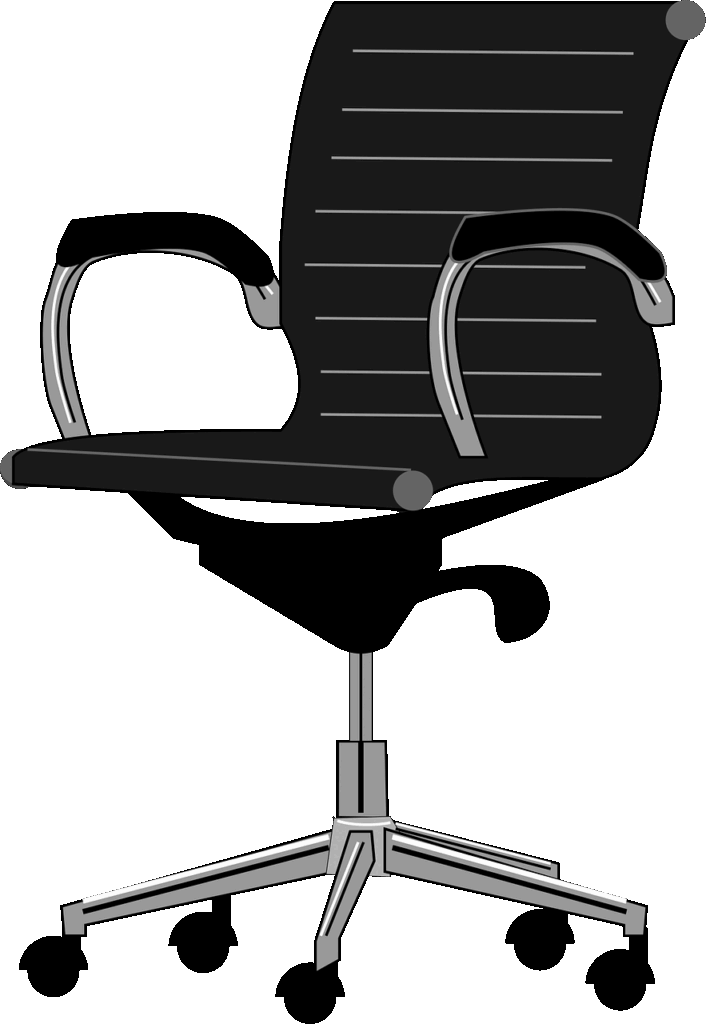
11. **Durability, Materials, and Value: A Long-Term Investment in Health**When selecting an ergonomic chair, evaluating its durability, the quality of its materials, and its overall value proposition is paramount. This isn’t just about immediate comfort; it’s about making a “long-term investment in health.” A well-constructed chair, designed with robust components and resilient materials, will maintain its ergonomic integrity and supportive qualities over years of use, unlike cheaper alternatives that may quickly degrade and lose their effectiveness.
The initial cost of a high-quality ergonomic chair might seem substantial, but it should be viewed through the lens of preventative health and long-term savings. The context highlights that “ergonomics programs can cut workers’ compensation costs, increase productivity and decrease employee turnover.” While this refers to organizational benefits, the principle applies personally: preventing “persistent pain, loss of functional capacity and work disability” through a proper chair avoids potential medical expenses, lost productivity, and a diminished quality of life for the individual.
Consideration of materials extends to the seat’s cushioning, the breathability of the fabric, and the strength of the frame. The seat design, for instance, should mitigate “localized mechanical pressures,” and the materials used directly influence this. A seat that is too soft or breaks down quickly will fail to distribute weight evenly, leading to discomfort. Investing in materials that offer both firmness and resilience ensures consistent support and prevents the development of painful pressure points, aligning with the therapeutic and preventative capabilities of ergonomically designed products for “pressure-related chronic pain.” This careful evaluation ensures your chair remains a reliable tool in optimizing your “human well-being and overall system performance.”
Read more about: The Art of Pimping Your Ride: 15 Groundbreaking Car Customization Trends for 2025
12. **Beyond the Chair: Understanding Sedentary Risks and Encouraging Movement**While an ergonomic chair is a powerful tool, it’s essential to recognize that even the best seating cannot entirely negate the broader health implications of prolonged sedentary behavior, especially for adults over 60. The context clearly states that “adults older than 65 years this is often 80% of their awake time,” and that “high quantities of sedentary time without breaks is correlated to higher risk of chronic disease, obesity, cardiovascular disease, type 2 diabetes and cancer.” This underscores the need for a comprehensive wellness strategy that extends beyond merely sitting correctly.
Therefore, actively incorporating movement and breaks into your remote workday is non-negotiable. Strategies include utilizing “sit-stand stations” or even “treadmill desks, pedal devices and cycle ergometers” to introduce dynamic activity. Even simple “ergonomic exercises” and short breaks to stretch or walk around can significantly counteract the “dose-response relationship between sedentary time and all-cause mortality with an increase of 3% mortality per additional sedentary hour each day.” These micro-movements are crucial for stimulating circulation and preventing static muscle fatigue.
Furthermore, the importance of “policy implementation” to prioritize ergonomic health cannot be overstated. While this often falls to employers, individual remote workers can advocate for their needs and seek out resources. The example of “the state of Nevada risk management department has established a set of ground rules for both agencies’ responsibilities and employees’ responsibilities,” which include “evaluating workstations” and “using risk management resources.” This highlights the availability of support systems designed to ensure a safe and healthy working environment.
Your commitment to ergonomic health should be a continuous process, encompassing awareness training, thoughtful “positioning of the body, furniture and equipment,” and proactive movement strategies. Resources, potentially from HR departments or online, can provide “assessments to employees to ensure the above criteria are met.” By understanding that the chair is one piece of a larger puzzle and actively addressing sedentary risks, older remote workers can cultivate a truly healthy and sustainable professional life.
Ultimately, choosing an ergonomic chair for remote work when over 60 is more than just a purchase; it’s a strategic decision for your long-term health and productivity. By understanding the foundational principles of ergonomics, diligently evaluating advanced chair features, and consciously integrating your seating with a dynamic workstation environment, you empower yourself to navigate the demands of remote work with comfort, vitality, and sustained well-being. This guide has aimed to provide you with the comprehensive, actionable knowledge necessary to make an informed choice, transforming your workspace into a cornerstone of a healthy and fulfilling retirement-age career.

